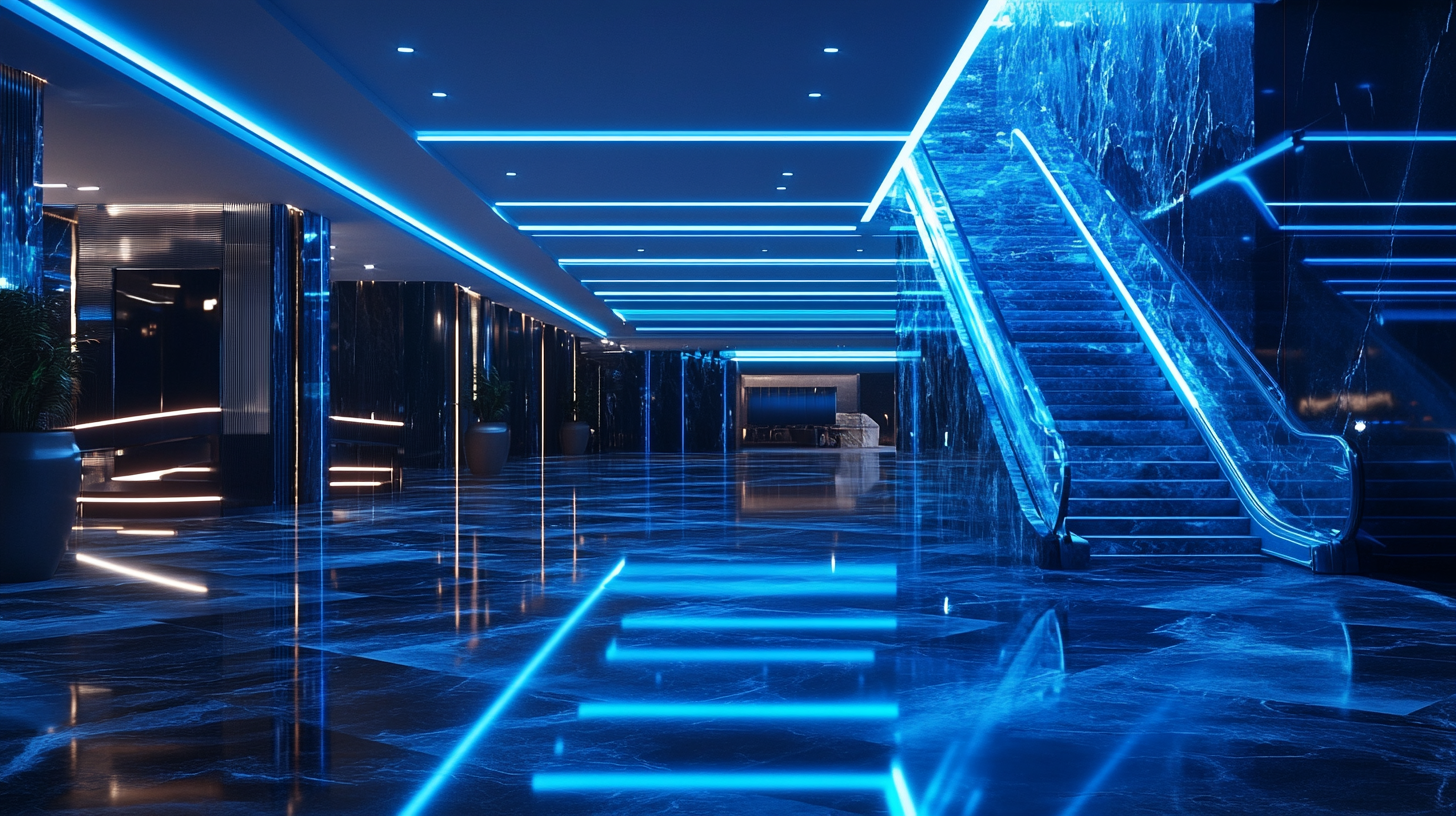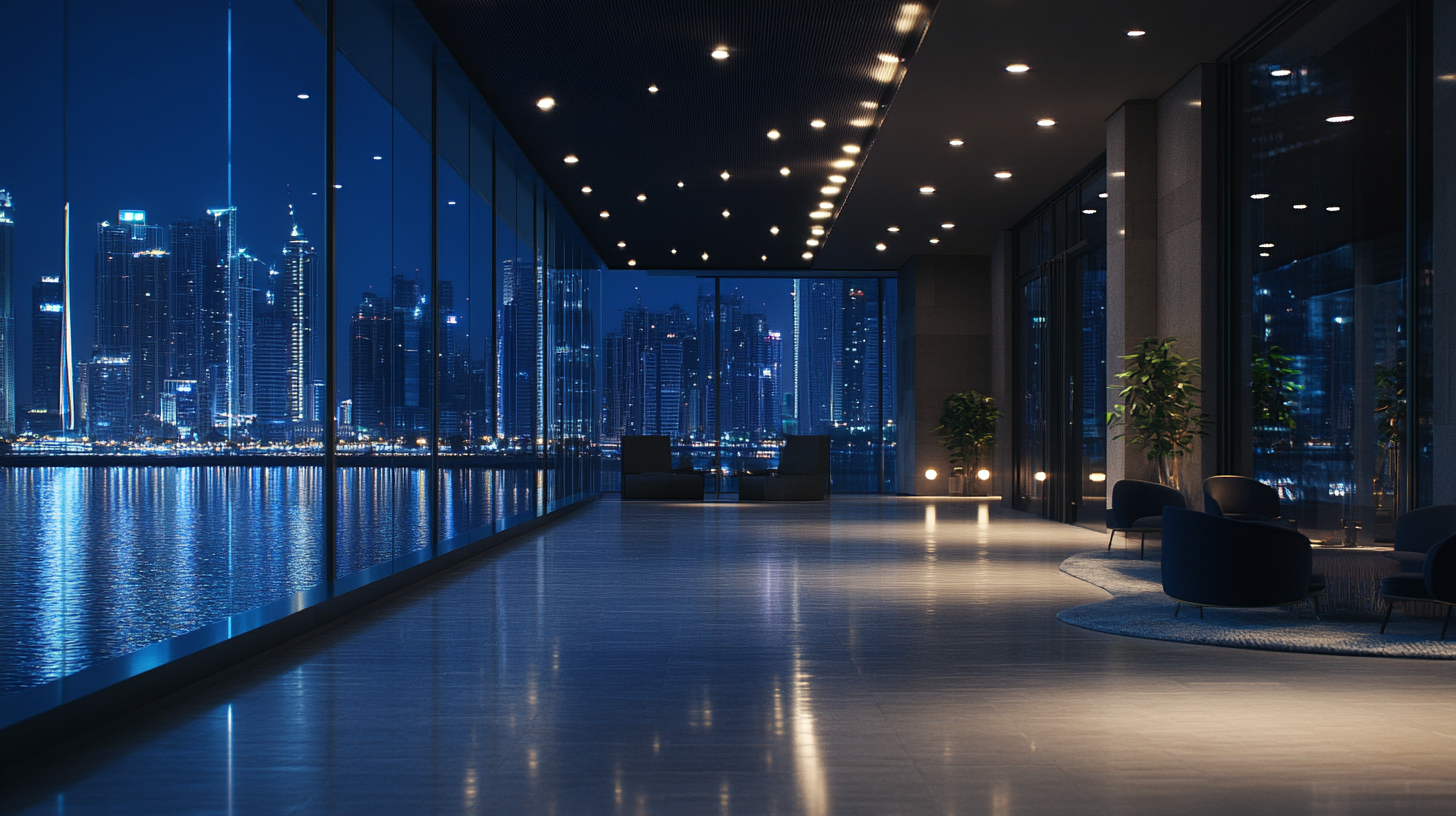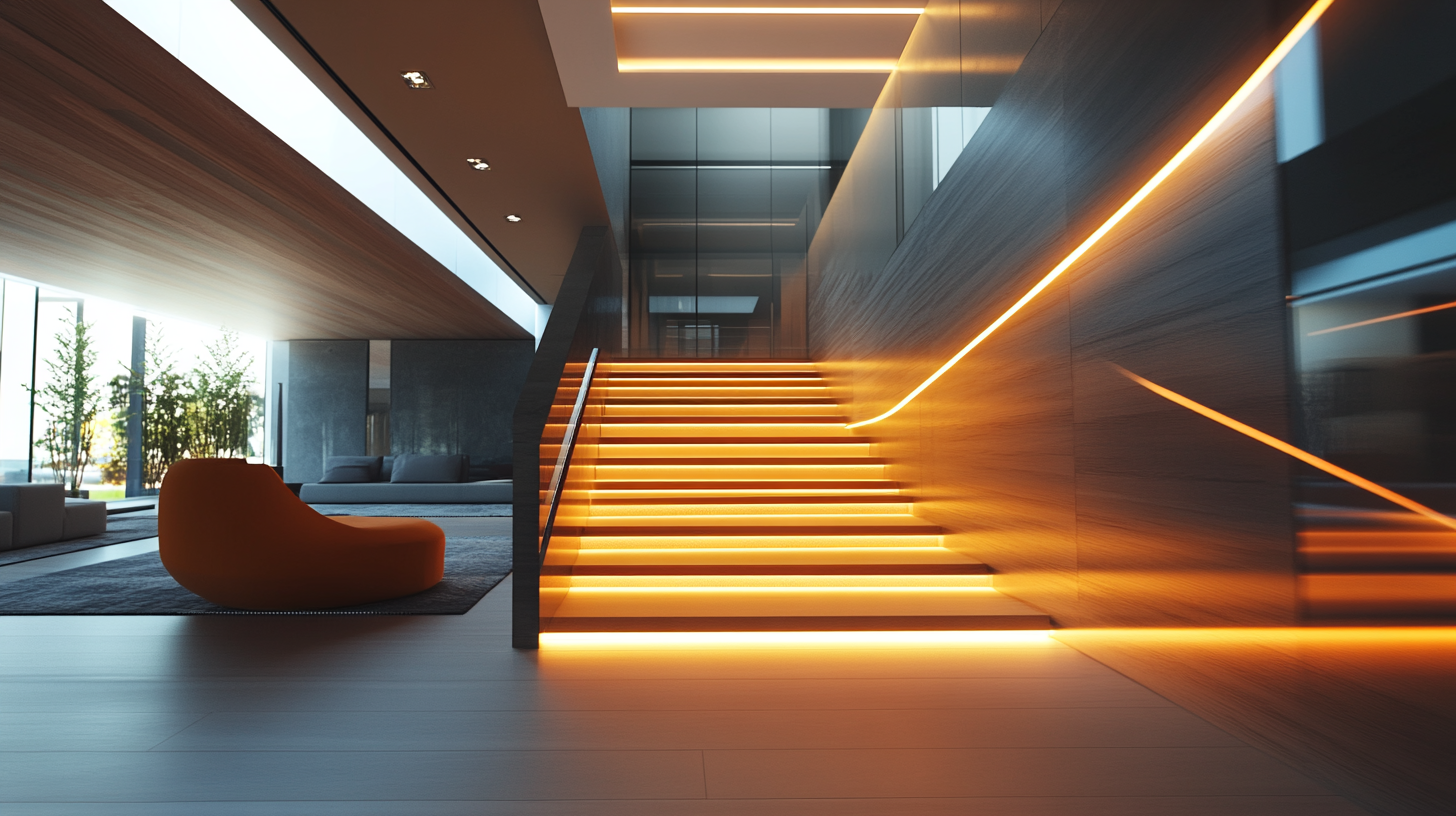
The worldwide LED luminaires market, in the past few years, has undergone unprecedented metamorphoses, with technological advancements and the demand for energy-efficient solutions being the key forces behind this change. According to MarketsandMarkets, the LED lighting market is projected to reach USD 105.6 billion by 2025, growing at a CAGR of 13.2% between 2020 and 2025. This remarkable growth embellishes the very essence of LED lighting for any application, whether it is commercial, residential, or industrial. As international buyers trend toward discovering new LED lighting solutions, the industry has experienced a burst of creativity and versatility in the design of new lighting, making it a lot easier to illuminate spaces with complementary aesthetics.
Moreover, with sustainability being on top of the minds of consumers and companies, LED lighting makes more sense, as energy conservation is now the foremost factor. The U.S. Department of Energy states LED light saves 75% of energy and has a lifespan twenty-five times longer than incandescent light. This shift into LED lighting isn't any trending fad; it is a huge tectonic shift that is changing the face of illumination. In this blog, we shall delve into how innovative LED lighting solutions are dressing up spaces for global buyers, combining efficiency with aesthetics, ambiance, and functionality around the world.

LED lighting has impacted modern design aesthetics profoundly and very far. It has changed the ways in which spaces are perceived and lived in. According to recent reports, LED lighting market worldwide is expected to grow significantly with an estimated value of $128 billion by the year 2027. Most of this growth can be attributed to the demand for products that are energy-efficient yet maintain high aesthetic appeal with excellent usability. LED technology offers practically unlimited flexibility to designers in creating atmospheres for both residential and commercial applications. Color temperature and intensity become equally manipulable, allowing designers to create a special experience that promotes a certain mood or activity. According to figures from the American Society of Interior Designers, an estimate of over 79% of designers agree that LED lighting has impacted interior aesthetics in a way that promotes new approaches to design that were previously impossible through conventional lighting methods. In such contexts, smart integration of LED products elevates the aesthetic impact even further. The report from MarketsandMarkets states that the smart lighting segment is projected to reach $70 billion by 2025, further affirming the growing trend where lighting systems are functional to the point of being programmable, responsive, and customizable according to user preferences. This opens avenues for designers to create multi-dimensional environments that react to the time, activity level of users, and even emotions, enhancing the space's overall aesthetic experience. The fascinating interplay between energy efficiency and aesthetic advances places LED lighting at the very core of modern-day design.

It has been such a huge transformation going in the lighting industry, where sustainable practices come on to the top-most priority list with LED lighting manufacturing. Energy consumption is ever-increasing around the globe; as per 2018, lighting accounted for 13% of the total electricity usage. The demand for eco-friendliness is at its peak. By 2030, the total number of light points all over the world is expected to be increased, thus making the need and demand for energy-efficient products aligned with carbon neutrality greater.
These challenges can be easily addressed through LED technology which is energy-saving and environmentally friendly. Innovations in LED lighting systems promise a durable and reduced electricity consumption but will also involve responsible manufacturing practice. The industry keeps on focusing on sustainable materials and reduced waste throughout the production activity, thus making it a key player in an argument for green cities.
Moreover, with the modern approaches of smart lighting systems, the control and adaptation of interior spaces are fast changing. Smart lighting plays a significant role in energy efficiency and improves the user experience while reinforcing green practices. As the global environment impact becomes considerately cognizant, so increases the urgency of the call to seek the advancement of LED solutions, signifying an encouraging transition toward a more sustainable future of lighting.

LED lighting solutions revolutionized different sectors over the years for illuminating spaces and experiencing them differently. These applications, from hospitality to retail, are proving to be great innovative approaches to modifying environments for aesthetic and functionality enhancement. In the hospitality sector, for instance, hotels make increasing use of customizable and controllable LED lighting to create mood-centric atmospheres where guests are increasingly implemented. So, such a dynamic lighting system would imply that it could quickly shift the ambiance from a vibrant daytime atmosphere to a calm evening stage, thus pleasing the guests with their experiences.
However, one could not underestimate the impact of LED solutions in the retail industry. Brightly shining, energysaving LED displays not only will attract guests as clients but will illuminate the goods, making them much more attractive. Carrying out innovating installations, such as interactive LED screens and smart lighting changing as they utilize customer movement, is becoming widespread. They won`t just increase sales; they would be energy efficient now and in line with cost-saving operations.
LED technology is also a revolution in the healthcare arena. Special types of LED light have been provided by hospitals and clinics to build an environment that is healing. Loss of light to most patients is adapted using amber light that has an adjustable color temperature that promotes circadian rhythms. LED lights are, moreover, durable and do not need much maintenance, so fit into all stringent hygienic measures that health facilities have. This is thus very entertaining regarding the versatility of LED solutions. It will keep open-endedness to continued innovation across various domains.

LED lighting solutions have gained acceptance by customers worldwide in recent years, not just for their innovative designs but also mostly for cost savings. The U.S. Department of Energy mentions that LED luminaries are able to consume 75% less energy as compared to incandescent lighting, which translates into substantial savings on electricity bills. It is this premium efficiency of LEDs that makes businesses rethink their lighting strategy and attests to LEDs being financially acceptable solutions.
Once the financial numbers are crunched to quantify longer expected lifetime hours for LEDs, as set against incandescent lamp burns of approximately 1,000 hours, which would naturally shorten labor and replacement material costs, the initial capital investment on LED technology seems steep. According to the McKinsey Global Institute, it takes 25,000 hours for downdraft LEDs or 25,000 hours for replacement while incandescent bulbs last about 1,000 hours. When considering maintenance and operational costs, many businesses find that the long-term savings associated with LED lighting far outweigh these initial costs.
As LED technology developed, it became more available. The LED lighting market is on the verge of growth, according to ResearchAndMarkets, which forecasts it will be worth $105 billion by 2024. With increasing competition, the buyers will find an increasing number of options that are affordable yet provide an energy-efficient solution that does not compromise performance. This-growing trend helps support corporate sustainability objectives and fits the budgetary constraints strapped by today's organizations.
The ongoing evolution of LED technology has deeply affected architectural design towards the more sustainable and animated side. Quite unlike old lighting systems, LEDs are energy-efficient and allow designers and architects to express their creativity. Looking towards future trends, it appears that LEDs have well earned their place in being not just functional fittings but also numerous environmental manipulators; mood setters, and enhancers of user experience.
Another respective trend which is being seen to change the scenario is the introduction of smart technology within LED lighting systems. Thanks to the rise of IoT, architects are now smartly incorporating LEDs into their designs. These systems can easily be controlled remotely and customized to suit specific user needs-fine-tuning color temperature to create different moods, or setting up appropriate light levels automatically as per occupancy. Such customization truly enhances aesthetics and is also a way to save energy and bring in adaptability and eco-friendliness to spaces.
Moreover, advancements in LED technology promise to revolutionize architectural facades. Dynamic lighting solutions allow buildings to act as canvases for artistic expression, exhibiting interactive displays or shifting colors to depict changing seasons and events. This ability not only beautifies the structures but also engages the public, allowing architecture to partake in social discussions and cultural identity. Moving forward, the advances in LED technology will play a significant role in the quest for architectural inventions.
Let us help you get started with our superior LED lighting products.
Get all the latest news from BrightLED.
Copyright © Bright LED. All rights reserved.
STAY CONNECTED

